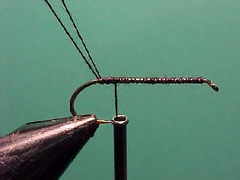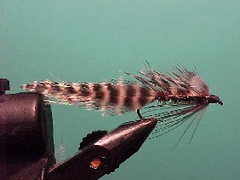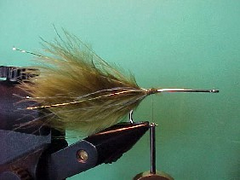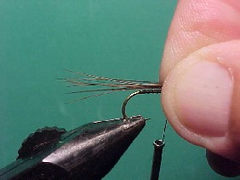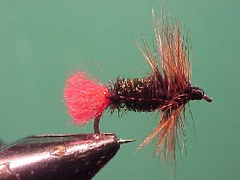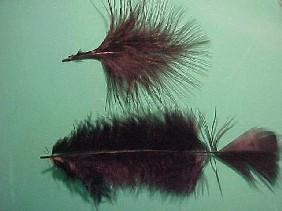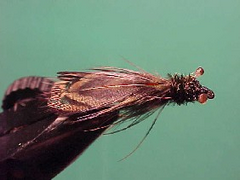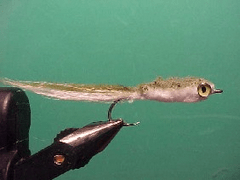Tails – divided hackle or hair
Spinner tails are typically quite long and very fine and if you incorporate those characteristics in your flies you will find that the tails look very life like when you firstt tie your fly but once the fly has been in your fly box for a while the tails get damage and broken and the fly looks ugly. I think its better to compromise on the length of the tail and to add a couple of extra hackle fibres so that your fly will stand the test of time.

